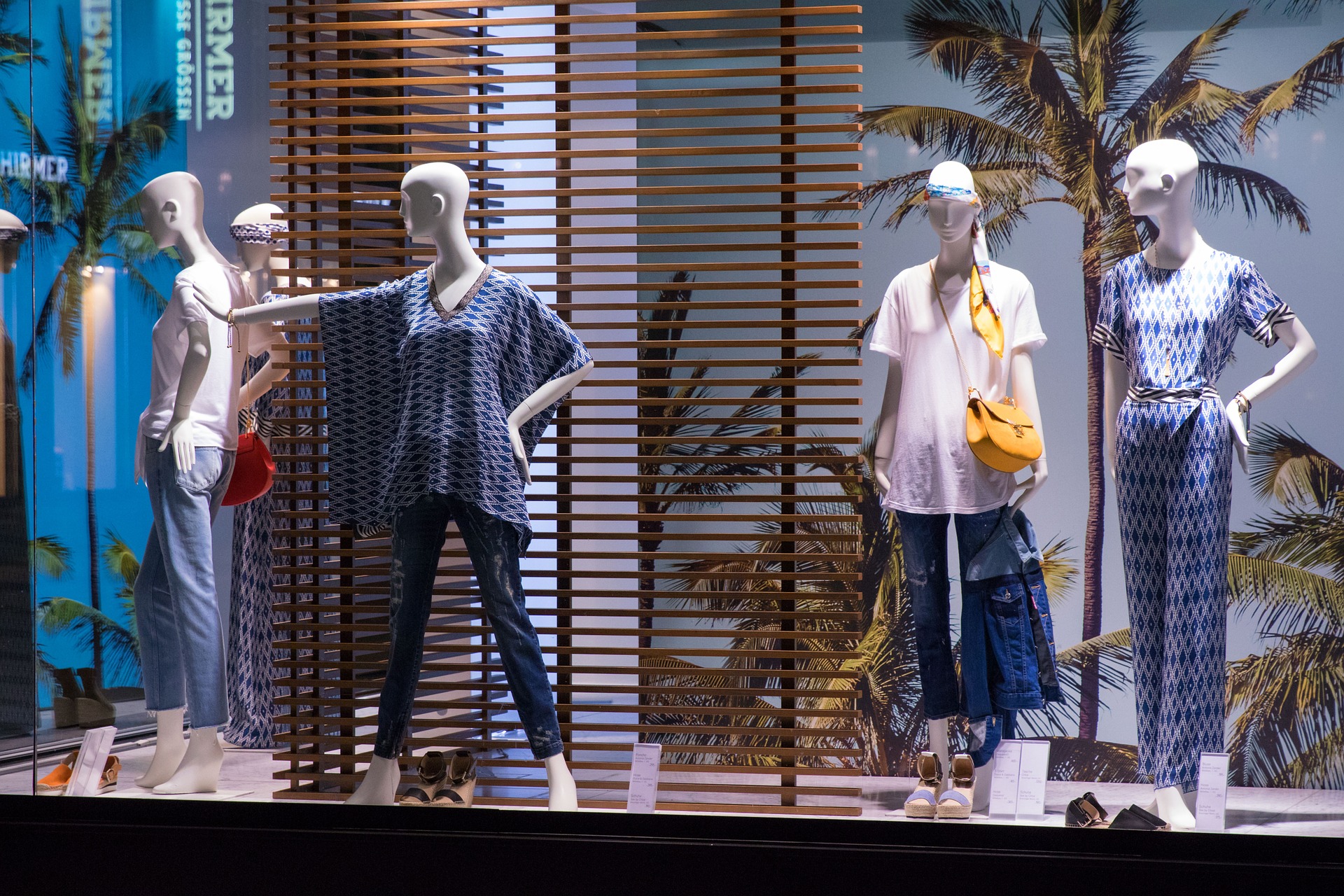Whether you rely on your own retail shop or wholesale fashion accounts to thrive, it’s time to stop choosing between brick-and-mortar and e-commerce strategies. At the end of the day, it’s all simply retail and shoppers respond best to a healthy mix of the physical and digital worlds.
Alibaba Makes a Case for Merging Physical and Digital Commerce
Alibaba is probably the largest retailer who has tossed the idea of “omnichannel” right out of the window. And they continue to grow at an impressive speed. They started with the purchase of a major retail brand in China in 2015 followed by a recent $2.6 billion purchase of a Chinese mall operator – complete with 29 department stores and 17 shopping malls across various cities.
Their CEO, Daniel Zhang, has made their plans clear: transform physical stores to reach modern shoppers’ standards using their digital cache of resources (improved inventory management, real-time customer insights and data, digital payments, et al.). The plan is to introduce new customers to the offline shops, while strengthening their overall business. Zhang says: “We don’t divide the world into real or virtual economies, only the old and the new”.
And really, shouldn’t that be the accepted idea of retail strategy across the industry? Brick-and-mortar shops hanging on to old business models and old ways of doing business are really feeling the burn. The same goes for digital businesses that don’t consider what actually happens with customers when they shop offline.
E-Commerce Stores are Opening Brick-and-Mortar Businesses
Don’t let headlines about struggling retailers fool you. Brick-and-mortar still works. Just look at the number of e-commerce shops arriving offline. We’re seeing fully operational stores, short and long-term pop-ups and even offline showrooms all over the country. These brands include Bonobos, MM. LaFleur, Reformation, and Warby Parker.
Bonobos’ Guideshops don’t sell any physical products but they’re the hubs to place online orders, confirm fit, receive style advice, and make easy, in-person returns. MM. LaFleur takes advantage of the best aspects of traditional stores but with a contemporary and digital twist. Their showrooms offer pre-pulled, personalized looks, styling sessions, and accompanying glasses of champagne – an excellent way to bridge shopping with experience. Reformation’s concept is more like a hybrid of both worlds with limited quantities of merchandise and digital screens for online shopping in store. As for Warby Parker, they plan to open at least another 25 shops this year!
Touch Is Only Human
As a species, we’re totally wired for physical touch. Touch is linked to our behavior, emotions, and crucial development. There’s a study that’s widely referenced in retail to translate the science. It was published in the Journal of Consumer Psychology in 2014 and it explains how using a touchscreen interface emphasizes the benefits we experience when we get something new. We psychologically perceive that we own whatever we touch! That means we get the benefits of retail therapy – even before we buy!
The great news is the same research has been correlated to touching other physical objects in stores so every brand has the chance to benefit. Since touch is a natural instinct that brings on positive emotions, it’d be totally irrational to move all of our sales online. We have to embrace technology and the physical world to really maximize the potential rewards. And there are really so many possibilities.
Brick-and-mortar isn’t dead. And e-commerce sales are only one slice of the retail pie. We have about 19 hours a day to create valuable, offline engagement so let’s leverage what we’ve learned to ramp up the real-world retail experience.
Innovation has changed everything and at the same time, nothing at all. Technology, marketing, and shopping habits have changed but we still crave a social experience. Our desire to connect as a community is just as powerful as it was in the height of the department store heyday. Shops got their start as places to gossip, socialize, and relax and today’s stores are still great places to congregate. Digital has only expanded the size of this community, taking it to a worldwide scale.
We still need human touch and in-person interaction… physical stores will always be around. The shops that will survive will use digital to stay connected and improve the ways they engage. They’ll use digital to offer additional brand touchpoints and to deepen relationships with their customers through increased “face time” and additional outlets to share their stories.
You have to be where your customers are. Shoppers may not always make the sale offline but that doesn’t mean their in-store experiences won’t lead them to online sales or digital brand advocacy later on. We have to see retail with a much more holistic view.
Be open to change and nimble to react because if there’s one constant in fashion, it’s CHANGE.
Scaling Retail has helped numerous businesses launch into e-commerce and brick-and-mortar businesses. For support ranging from market research and OTB planning to e-commerce launches, contact Scaling Retail. Email hello@scalingretail.com to schedule a consultation.
